Citation:
| REPRINT | 293 KB |
Date Published:
Jun 12Abstract:
The development of what became known as the biological species concept began with a paper by Theodosius Dobzhansky in 1935, and was amplified by a mutualistic interaction between Dobzhansky, Alfred Emerson and Ernst Mayr after the second world war. By the 1950s and early 1960s, these authors had developed an influential concept of species as coadapted genetic complexes at equilibrium. At this time many features of species were seen as group advantages maintained by selection to avoid breakdown of beneficial coadaptation and the 'gene pool'. Speciation thus seemed difficult. It seemed to require, more so than today, an external deus ex machina, such as allopatry or the founder effect, rather than ordinary within-species processes of natural selection, sexual selection, drift and gene flow. In the mid-1960s, the distinctions between group and individual selection were clarified. Dobzhansky and Mayr both understood the implications, but their views on species changed little. These group selectionist ideas now seem peculiar, and are becoming distinctly less popular today. Few vestiges of group selectionism and species-level adaptationism remain in recent reviews of speciation. One wonders how many of our own cherished views on evolution will seem as odd to future biologists.
Notes:
doi: 10.1098/rstb.2010.0040
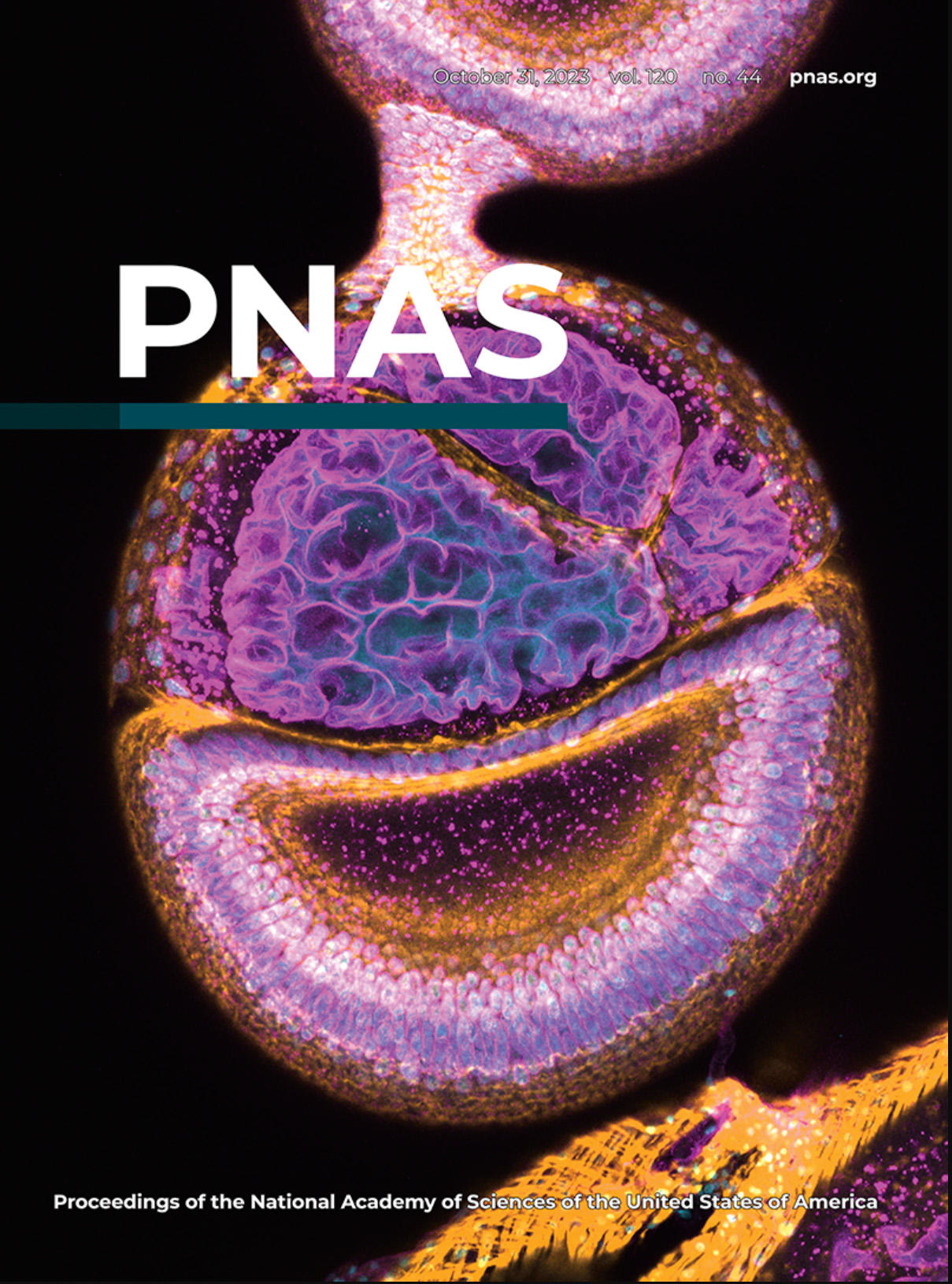
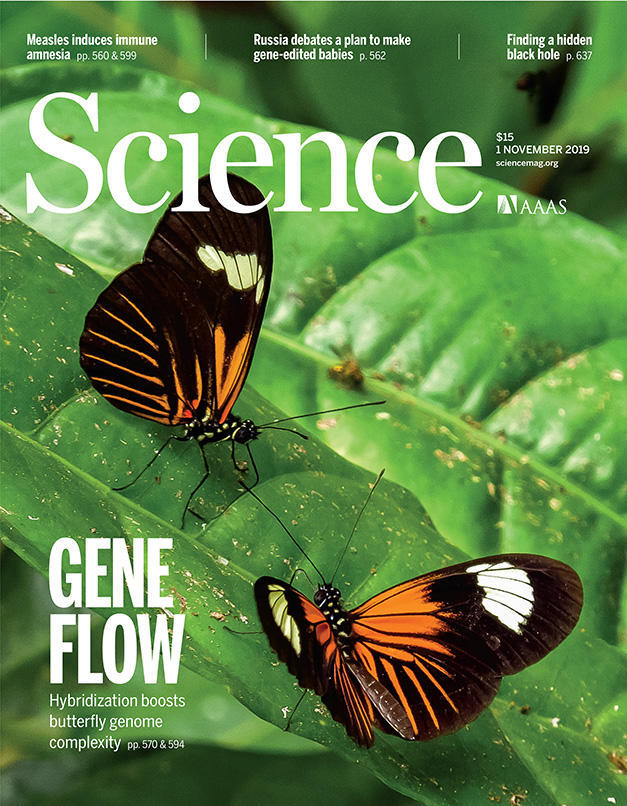
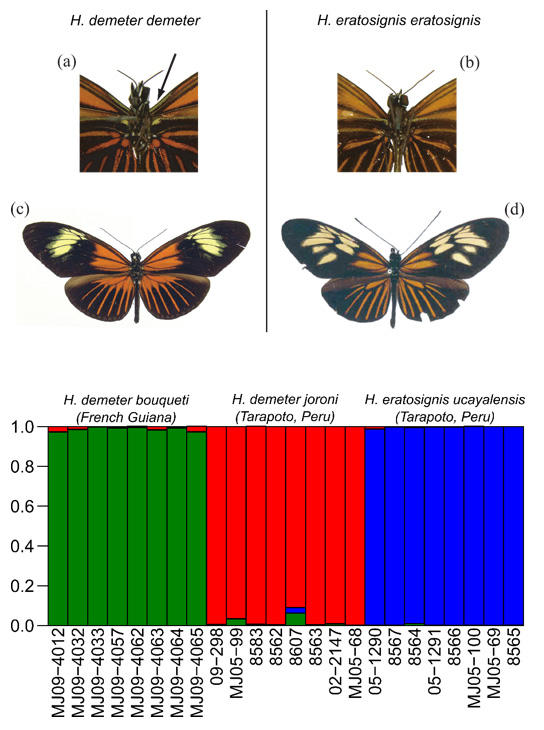

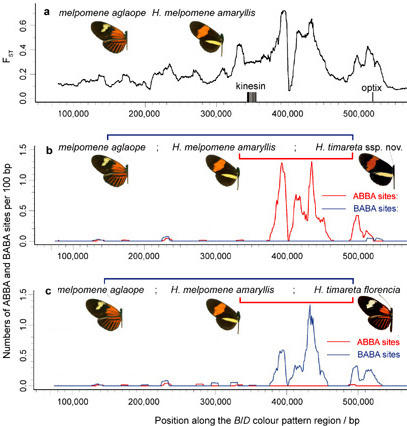
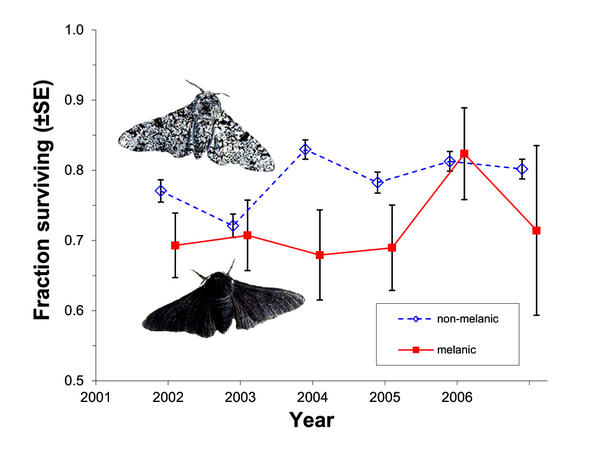 Selection against melanism in UK after the Clean Air Act.
Selection against melanism in UK after the Clean Air Act.